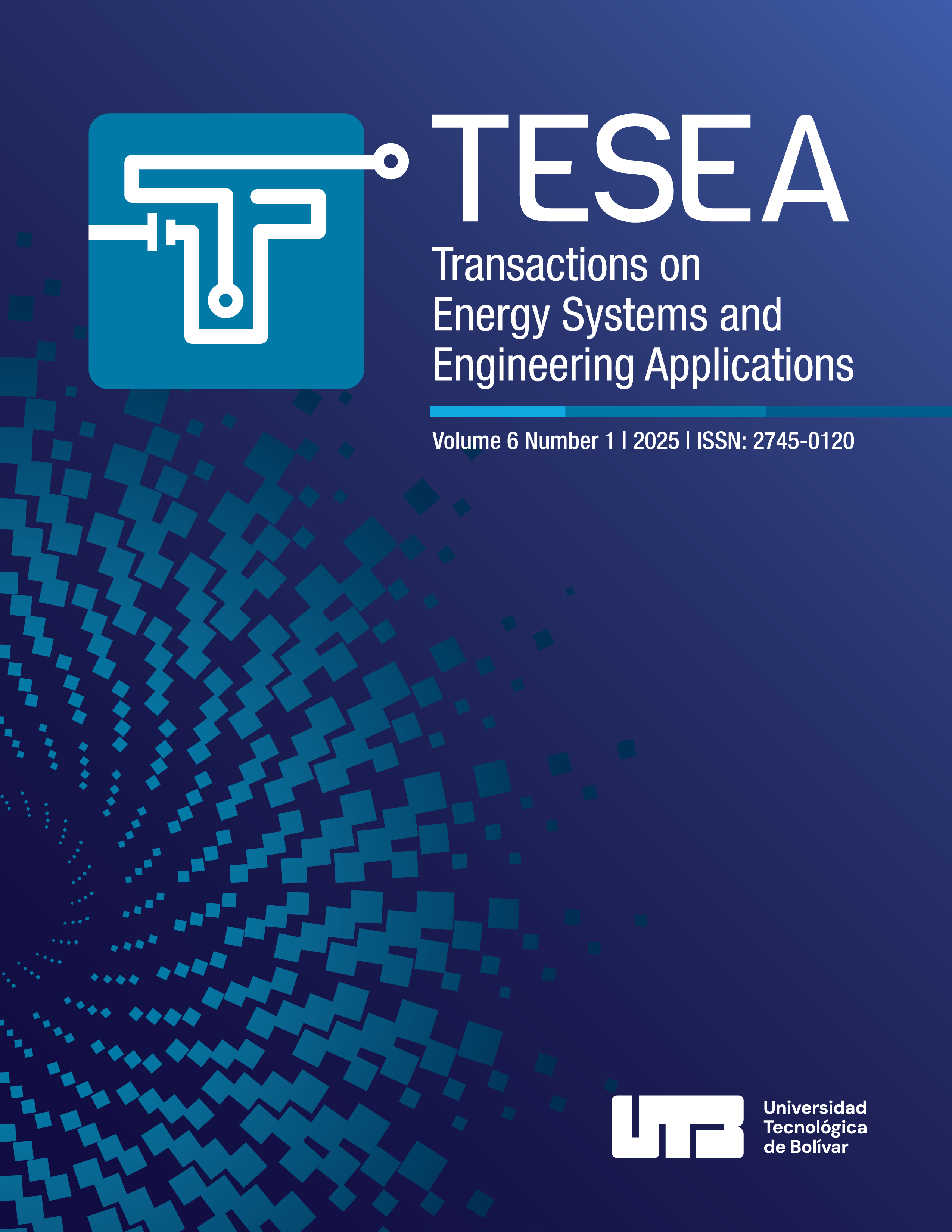Investigations and power quality improvement of optimally located large scale RES integrated with conventional distribution system with custom power devices
DOI:
https://doi.org/10.32397/tesea.vol6.n1.601Abstract
Non-conventional energy sources are gaining popularity since they have no carbon footprint. As the world's population rises and technology advances, so does the need for power. A conventional grid is combined with renewable energy sources (RES) to supply this need. This link compromises the electrical grid's capacity to run safely and securely despite its benefits. Concerns about system power quality are the most prominent difficulty since they directly influence consumer devices and grid system performance. This article examines the power quality issues and associated worldwide standards for a conventional power network. This article presents simulated examinations of the impact of Photovoltaic (PV) and Wind Energy Conversion System (WECS) on the power quality of the Distribution System using the Modified IEEE 33 Node Radial Distribution Test System. This inquiry considers power quality concerns such as voltage fluctuations, voltage magnitude changes, and system harmonics. The Particle Swarm Optimisation (PSO) approach is used to find the ideal position for the PV system. The D-STATCOM is used to improve the system's voltage profile and harmonics. For simulational analysis, the MATLAB/Simulink software environment is employed.
Downloads
Downloads
Published
How to Cite
Issue
Section
License
Copyright (c) 2025 Tanvi Upadhyay, Jitendra Jamnani

This work is licensed under a Creative Commons Attribution 4.0 International License.
Authors retain copyright and grant the journal right of first publication with the work simultaneously licensed under a Creative Commons Attribution 4.0 International License, which allows others to share the work with an acknowledgment of the work's authorship and initial publication in this journal.
















